6 Nights / 7 Days
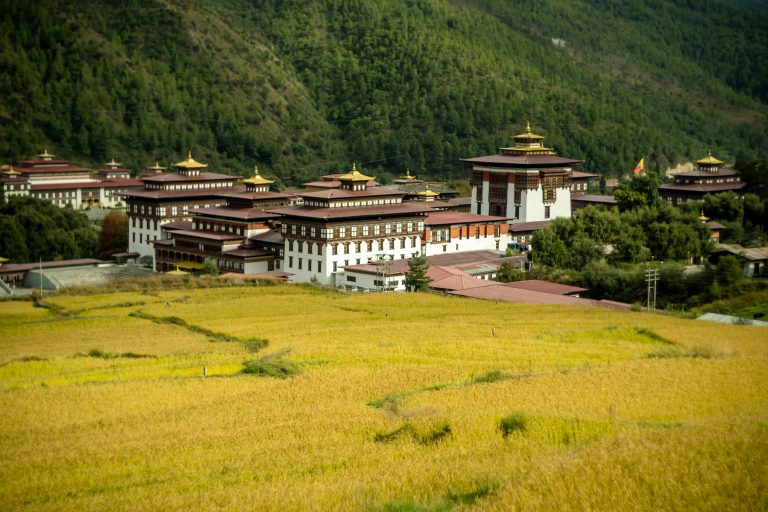
The flight to Paro is one of the most spectacular in entire Himalayas. Whether flying along the Himalayan range from Kathmandu or over the foothills from Kolkatta, the journey offers fascinating views and an exciting descent into the Kingdom. Bhutan’s first gift to you as you disembark from the aircraft will be cool, clean fresh mountain air. After immigration formalities and baggage collection, you will be met by our representative and welcomed to Bhutan.
Afterwards drive to Thimphu, the capital town of Bhutan with en-route stop at Chuzom, the confluence of Thimphu and Paro rivers. Three different style of stupas ; Tibetan, Nepalese and Bhutanese adorn this confluence. Shortly before reaching Chuzom, you will see on your left TschogangLhakhang, “the temple of the excellent horse”. It is a private temple, built in 15th century, as the result of visitation from Balaha, the excellent horse, a manifestation of Chenrezig, the compassionate Buddha.
Just before arriving Thimphu, visit Buddha Point (KuenselPhodrang). Located at a short drive from Thimphu city centre, visitors can get a good overview of the Thimphu valley from the Buddha point (KuenselPhodrang). You can pay your obeisance and offer prayers to the Buddha, the largest statue in the country and then walk around and take a glimpse of the valley.
Evening at leisure . Overnight at the hotel in Thimphu(alt. 2400m/7875ft)
Thimphu, perhaps the most unusual capital city in the world, is the seat of government. This bustling town is home to Bhutan’s royal family, the civil servants, and foreign missions with representation in Bhutan. It is also the headquarters for a number of internationally funded development projects.
Morning visit to the National Library( Closed on Weekends ) which houses an extensive collection of Buddhist literature, with some works dating back several hundred years.
Also visit the folk Heritage and National Textile Museums(Closed on Sundays) , a fascinating testimony of Bhutan’s living traditions.
Followed by a visit to Simply Bhutan – an exclusive project under the Bhutan Youth Development Fund . It is a living Museum and Studio encapsulating the cultural heritage of the Bhutanese people. The infrastructure portrays ancient Bhutanese architecture which is being lost to modernization .
Afternoon, inThimphu visit the following : National Memorial Chorten. The building of this landmark was originally envisaged by Bhutan’s third king, His Majesty JigmeDorjiWangchuk (“the father of modern Bhutan”) who has wished to erect monument to world peace and prosperity. Completed in 1974 after his untimely death, it serves both as a memorial to the Late King and as a monument to peace.
Trashichhodzong, the beautiful medieval fortress/monastery which houses most of the Government’s office and King’s Throne room It is also the summer residence of Je Khenpo, the Chief Abbot.
End the day with a visit to the government-run Handicrafts Emporium and local crafts shops, to browse through example of Bhutan’s fine traditional arts. Here you can buy hand-woven textiles, thangkha paintings, masks, ceramics, slate and wood carvings, jewelry, interesting items made from local materials.
Dinner and overnight at the Hotel in Thimphu . (Altitude 2400m)
Breakfast at the Hotel , then drive to Punakha via Dochu-la pass, (3,088m/ 10,130 ft) stopping briefly here to take in the view and admire the chorten, mani wall, and prayer flags which decorate the highest point on the road. If skies are clear, the following peaks can be seen from this pass (left to right): Masagang (7,158m), Tsendagang (6,960m), Terigang (7,060m), Jejegangphugang (7,158 m ), Kangphugang (7,170 m ), Zongphugang (7, 060 m ), a table mountain that dominates the isolated region of Lunana – finally Gangkarpuensum, the highest peak in Bhutan at 7,497m.
Drive further down to Punakha (alt. 1300m/4265ft) – Punakha served as the capital of Bhutan until and still it is the winter seat of Je Khenpo (the chief abbot). Blessed with temperate climate and owing to its natural drainage from Pho Chhu (male) and Mo Chhu (female) rivers, the Punakha valley produces abundant crops and fruits.
Afternoon in Punakha visitSangchhenDorjiLhuendrupLhakhang nunnery:
Perched on a ridge amid pine trees and overlooking valleys of Punakha and Wangduephodrang, gleams the magnificent structures of SangchhenDorjiLhuendrupLhakhang(Temple). The temple houses a 14-foot main bronze statue of Avalokiteshvara (Chenrigzigchagtongchentong). Other statues include those of Guru Padmasambawa, Gautama Buddha, ZhabdrungNgawangNamgyel, TselaNamsum, the 21 Taras and Tsepamay (Buddha of longevity). The Avalokiteshvara statue, one of the biggest in the country, is the handiwork of entirely local Bhutanese artisans.
The temple complex also houses a permanent higher learning and meditation centre for nuns where, apart from religious trainings, it provides life skill training such as tailoring, embroidery, statue making and thangka painting.
Overnight at the Hotel in Punakha.( alt 1300m)
In the Morning in Punakha take a short excursion to ChimiLakhang : situated on a hillock in the centre of the valley, is dedicated to Lama DrukpaKuenley, who in the late 15th century used humour, songs and outrageous behaviour to dramatise his teachings and due to this also known as ‘Divine Madman’. This temple is also known as the temple of fertility. It is widely believed that couples who do not have children and wanting one, if they pray at this temple, they are usually blessed with a child very soon. It is about 30 minute walk across field from the road to the temple. The trail leads across rice fields to the tiny settlement of Pana, meaning ‘field’. It then follows a tiny stream downhill to Yoaka and across more fields before making a short climb to ChimiLhakhang.
After lunch visit the PunakhaDzong, Built strategically at the junction of Pho Chhu and Mo Chhu rivers in 1637 by ShabdrungNgawangNamgyal to serve as the religious and administrative centre of the region, PunakhaDzong has played an important role in Bhutan’s history. Damaged by four catastrophic fires and an earthquake, the Dzong has been fully restored by the present King.
Dinner and overnight at the Hotel in Punakha( alt 1300m)
Morning after breakfast drive to Paro :Upon arrival check in at the Hotel.
The beautiful valley of Paro encapsulates within itself a rich culture, scenic beauty and hundreds of myths and legends. It is home to many of Bhutan’s oldest temples and monasteries, National Museum and country’s only airport. Mount. Chomolhari (7,314m) reigns in white glory at the northern end of the valley and its glacial water plunge through deep gorges to form Pa Chhu (Paroriver). Paro is also one of the most fertile valley in the Kingdom producing a bulk of the locally famous red rice from its terraced fields.
This afternoon is dedicated to explore Paro and its surrounding.
Afternoon visit Ta Dzong, originally built as Watchtower, which now houses National Museum. The extensive collection includes antique thangkha paintings, textiles, weapons &armour, household objects and a rich assortment of natural and historic artifacts. After the visit walk down the trail to visit RinpungDzong, meaning (“fortress of the heap of jewels”), which has a long and fascinating history. Along the wooden galleries lining the inner courtyard are fine wall paintings illustrating Buddhist lore such as four friends, the old man of long life, the wheel of life, scenes from the life of Milarepa, Mount. Sumeru and other cosmic Mandala.
Overnight at the hotel in Paro (Altitude 2200m).
Morning after breakfast excursion to Taktshang Monastery (5hrs hike) :It is one of the most famous of Bhutan’s monasteries, perched on the side of a cliff 900m above the Paro valley floor. It is said that Guru Rinpoche arrived here on the back of a tigress and meditated at this monastery and hence it is called ‘Tiger’s Nest’. This site has been recognised as a most sacred place and visited by ShabdrungNgawangNamgyal in 1646 and now visited by all Bhutanese at least once in their lifetime. On 19 April, 1998, a fire severely damaged the main structure of building but now this Bhutanese jewel has been restored to its original splendour.
Afternoon :KyichuLakhang : It is one of the oldest and most sacred shrines of the Kingdom dating back to 7th century (the other is JambeyLhakahng in Bumthang). The lhakhang complex is composed of two temples. The first temple was built by Tibetan King, SongtsenGampo in the 7th century and in 1968, H.M. AshiKesang, the Queen Mother of Bhutan, built the second temple in same original pattern.
Overnight at the hotel in Paro (Altitude 2200m).
Paro (Altitude 2200m).
After breakfast drive to the airport for flight to onward destination.
Paro (Altitude 2200m).
Enjoy With Destinations is an imminent name in the travel domain. The company was founded in 2017, by Jaishree Virdi and caters to all types of travel needs to its clients all across the nation and even overseas. In this short span of time, we are glad to have good customers who are willingly associated with us.rnWe offer astounding tour packages, customized as per the specific needs and budget of our clients. Our exquisitely designed tour packages offer a satisfying experience to travelers of all age groups. With our romantic holiday packages, honeymoon holiday packages, family holiday packages, beach tour packages, cruise holiday packages, group holiday packages, religious tour packages, adventure tour packages, culture & heritage tour packages, wildlife tour packages, yoga & Ayurveda tour packages, etc., we promised to bring a great impression on our clients. All of our tour packages are designed to cover the best places and even less known places in India. We are also involved in hosting tour operations in various destinations outside India such as Dubai, Thailand, Srilanka, Bhutan, and Nepal.rnBesides excellent quality tour operator services, we are engaged in providing flight booking services, hotel booking services, travel insurance services, visa & passport services, car & coach rental services, etc. to our clients.rnAt Enjoy With Destinations, we are delivering hassle-free services at a budget-friendly cost. Our adroit team members work with dedication and professionalism to surpass our clients expectations. They are available 24 hour hours for travel planning, itinerary designing, hotel bookings, ticket reservations, and transport facilities. We aim at giving a value-added experience to the overall excursion of our clients. Read More...

 3D/2N
3D/2N
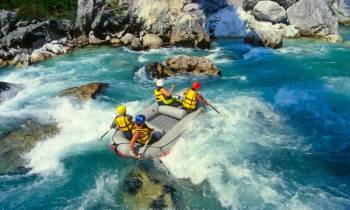 2D/1N
2D/1N
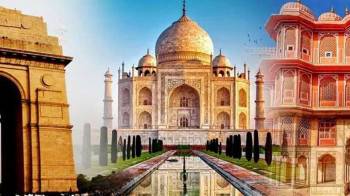 14D/13N
14D/13N
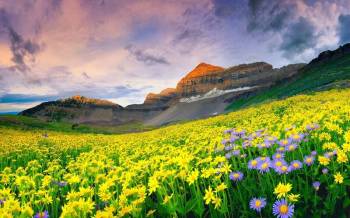 9D/8N
9D/8N
Sublime Valley of Flowers Trekking of 8 ..
New Delhi - Haridwar - Joshimath - Govindghat - Rudraprayag - Rishikesh
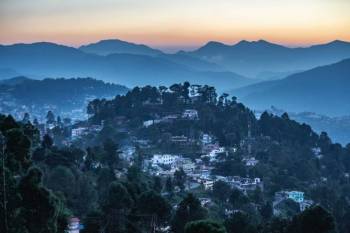 3D/2N
3D/2N
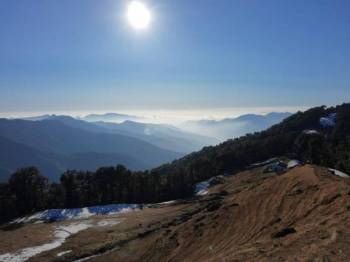 4D/3N
4D/3N
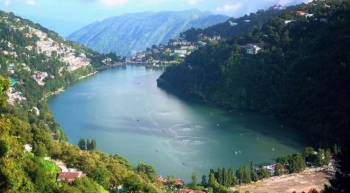 8D/7N
8D/7N
 8D/7N
8D/7N
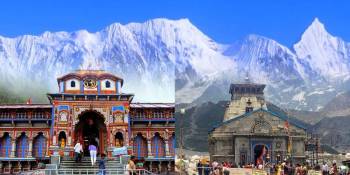 7D/6N
7D/6N
 7D/6N
7D/6N
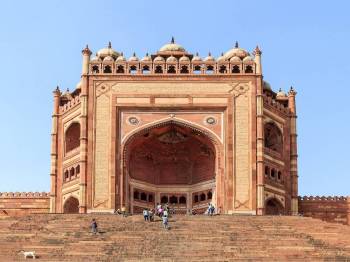 7D/6N
7D/6N
Amritsar Chandigarh Delhi Agra Family Pa..
New Delhi - Agra - Vrindavan - Mathura - Amritsar
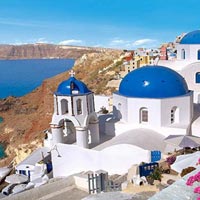 7D/6N
7D/6N
 7D/6N
7D/6N
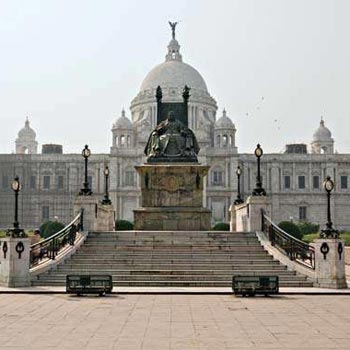 7D/6N
7D/6N
Golden Triangle - East India Tour
Kolkata - Puri - Imphal - Agartala - Dimapur
 7D/6N
7D/6N
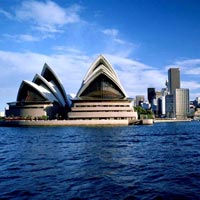 7D/6N
7D/6N
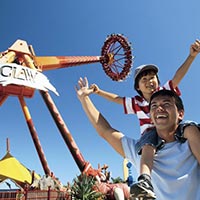 7D/6N
7D/6N
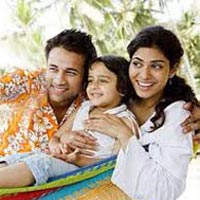 7D/6N
7D/6N
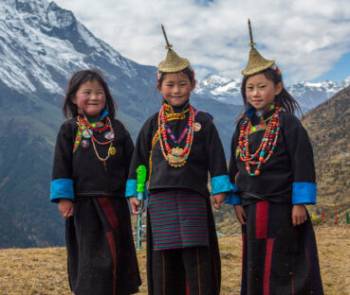 5D/4N
5D/4N
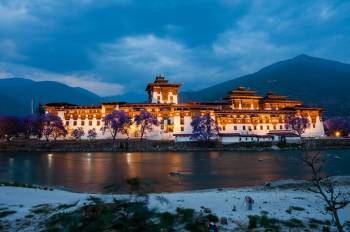 7D/6N
7D/6N
6 Nights/ 7 Days - Bhutan Happiness Tour
Punakha - Bumthang - Paro - Thimphu - Phobjik
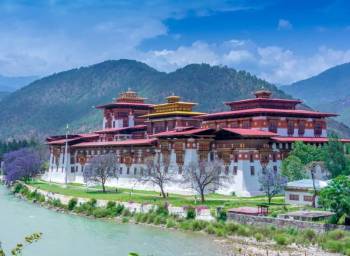 7D/6N
7D/6N
 20D/19N
20D/19N
20 Days Land Package Country Tour BHUTAN..
Punakha - Paro - Phuntsholing - Bagdogra - Bumthang - Mongar - Trashigang - Trongsa..
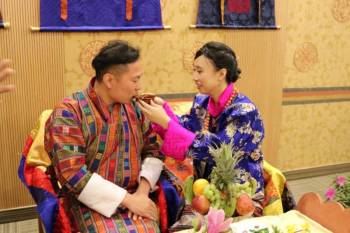 4D/3N
4D/3N
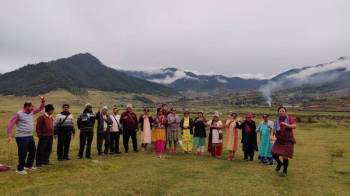 6D/5N
6D/5N
 7D/6N
7D/6N